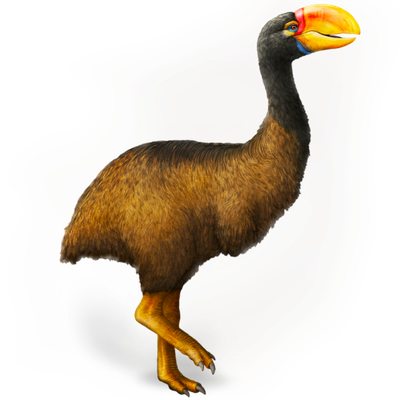Your search returned 236 results
By Page Type
By Tag
- All
- fish (966)
- blog (696)
- fishes of sydney harbour (401)
- First Nations (299)
- Blog (236)
- AMRI (169)
- archives (164)
- Eureka Prizes (146)
- Aboriginal and Torres Strait Islander (135)
- insect (126)
- Ichthyology (124)
- geoscience (109)
- minerals (102)
- climate change (100)
- podcast (94)
- Fish (91)
- Anthropology (89)
- International collections (80)
- Minerals Gallery (78)
- wildlife of sydney (78)
- Labridae (77)
- frog (74)
- gemstone (70)
- history (64)
- photography (64)
- Mollusca (60)
- gem (59)
- staff (59)
- Birds (56)
- Gems (56)
- Indonesia (56)
- education (56)
- shark (55)
- AMplify (54)
- people (53)
- earth sciences (50)
- past exhibitions (50)
- exhibition (49)
- Gobiidae (48)
- sustainability (46)
- Pomacentridae (45)
- Serranidae (44)
- lifelong learning (42)
- science (42)
- Earth and Environmental Science (41)
- Syngnathidae (41)
- Ancient Egypt (40)
- Bali (40)
- bird (40)
- dangerous australians (40)
-
Grow a backbone!
https://australian.museum/learn/news/blog/grow-a-backbone/Can you imagine living without the vertebrae in your neck? Surely no animal on earth has a backbone that doesn't connect with its skull. Think again ...
-
Professor Stephen Heppell: Learning and technology Part 2
https://australian.museum/learn/news/blog/professor-stephen-heppell-learning-and-technology-part-2/My second lot of quick notes from Stephen's parallel session at the Museums Australia 2010 conference. Note these have been cut and pasted from Twitter so are very brief.
-
Professor Stephen Heppell: Learning and technology
https://australian.museum/learn/news/blog/professor-stephen-heppell-learning-and-technology/My quick notes from Stephen talk at the Museums Australia 2010 conference
-
Pea flowers at the Field of Mars
https://australian.museum/learn/news/blog/pea-flowers-at-the-field-of-mars/A walk around the Field of Mars Environment Education Centre with Steve Papp and Pat Spiers last week revealed a plethora of native flowers of many colours and shapes, including pea flowers - all perfect for a field study of pollinators.
-
Science in the City Feedback
https://australian.museum/learn/news/blog/science-in-the-city-feedback/The Audience Research Unit has been evaluating the Museum's Science in the City program since 2001. Feedback is always good and here's an example of a satisfied customer from 2009:
-
Sustainable Exhibition Design
https://australian.museum/learn/news/blog/sustainable-exhibition-design/A new Sustainable Exhibition Design blog
-
Cracking the'genetic code' of gem stones
https://australian.museum/learn/news/blog/cracking-thegenetic-code-of-gem-stones/A research team led by Dr Lin Sutherland, a Senior Fellow in Geoscience at the Australian Museum, has completed a major study on 'genetic' signatures in Australian sapphires and rubies. The study combines precise trace element
-
Public Response to Taxidermy Mounts
https://australian.museum/learn/news/blog/public-response-to-taxidermy-mounts/Becky Hitchens, a student at Durham University, Museum and Artefact Studies program asks if we have any information about the public's reaction to taxidermy mounts.
-
Evolutionary sustainability in southeastern Australian waters
https://australian.museum/learn/news/blog/evolutionary-sustainability-in-southeastern-australian-waters/Conserving the structures established by long-term evolutionary processes is critical for long-term biodiversity sustainability.
-
Meagre coral spawning following the 2016 mass bleaching
https://australian.museum/learn/news/blog/meagre-coral-spawning-following-the-2016-mass-bleaching/Anne Hoggett, Director of the Lizard Island Research Station, reports on this season's drastically diminished coral spawning.
-
Discover more
2025 Australian Geographic Nature Photographer of the Year
Special exhibition
Free entry
Now open -
Discover more
Unfinished Business
Special exhibition
Free entry
Now open -
Find out more
Surviving Australia
Permanent exhibition
Free entry
Now open![]()
-
Find out more
Burra
Permanent kids learning space
Free entry
10am - 4.30pm![]()
-
Discover more
Minerals
Permanent exhibition
Free entry
Open daily![]()





